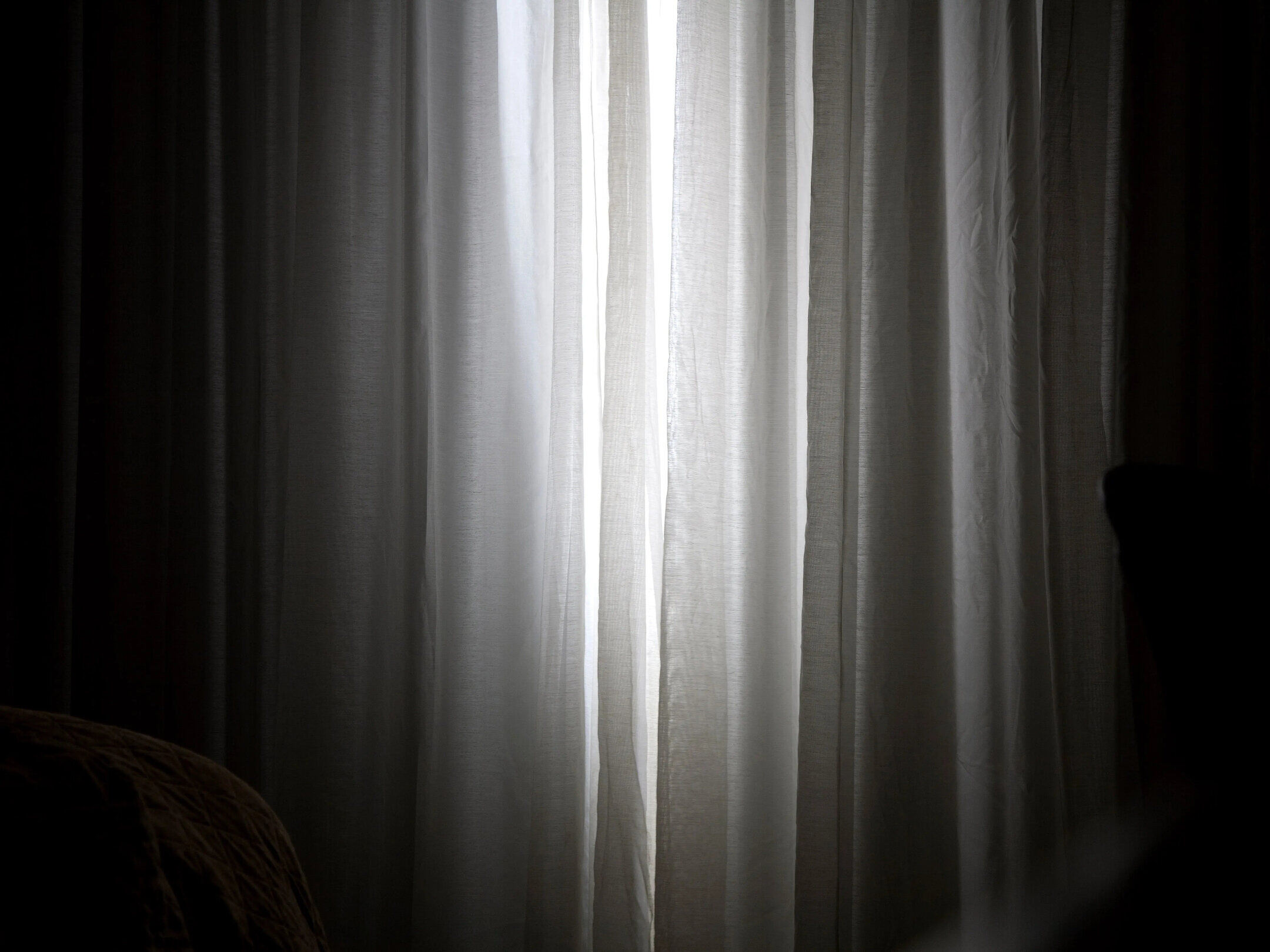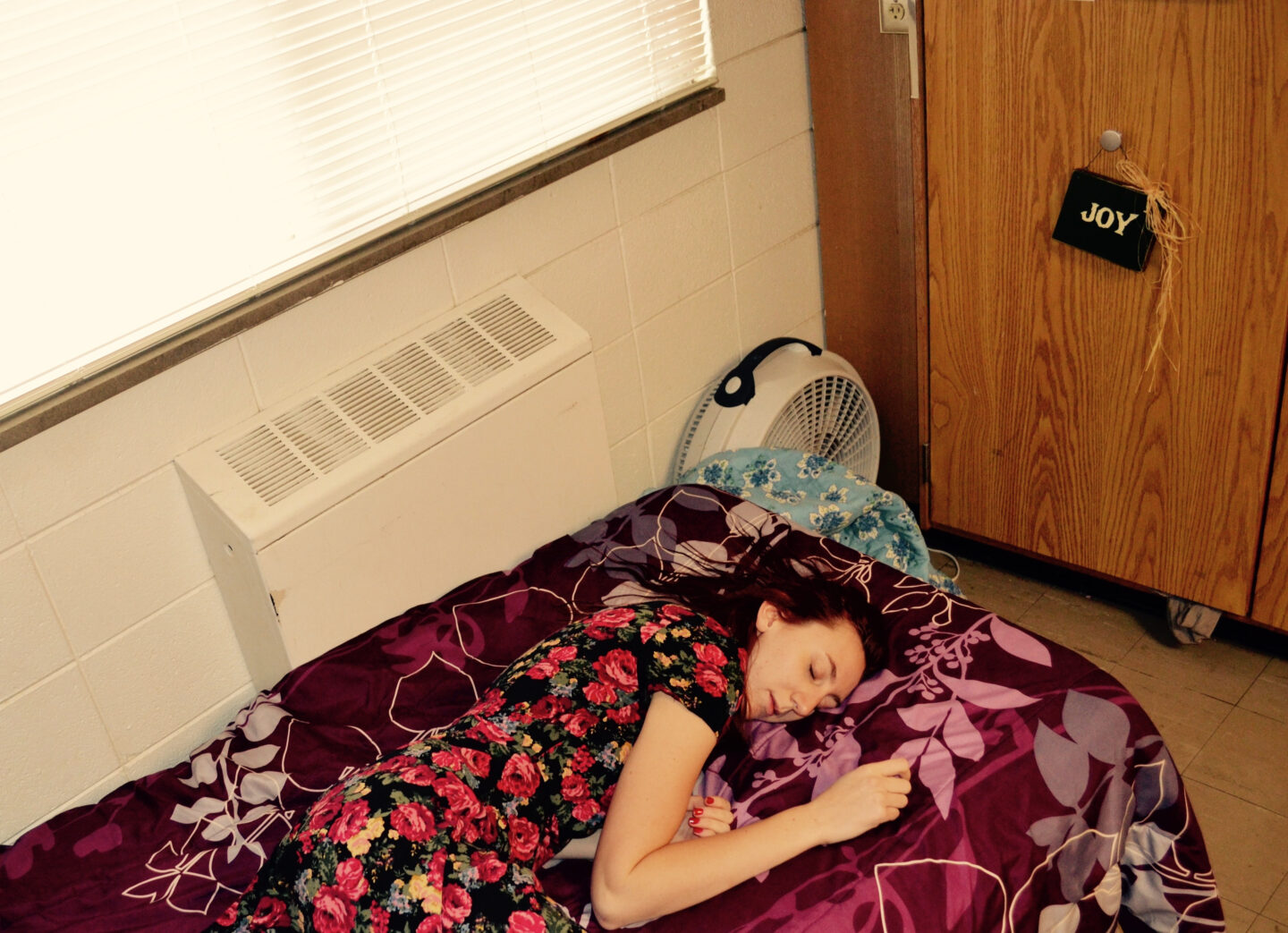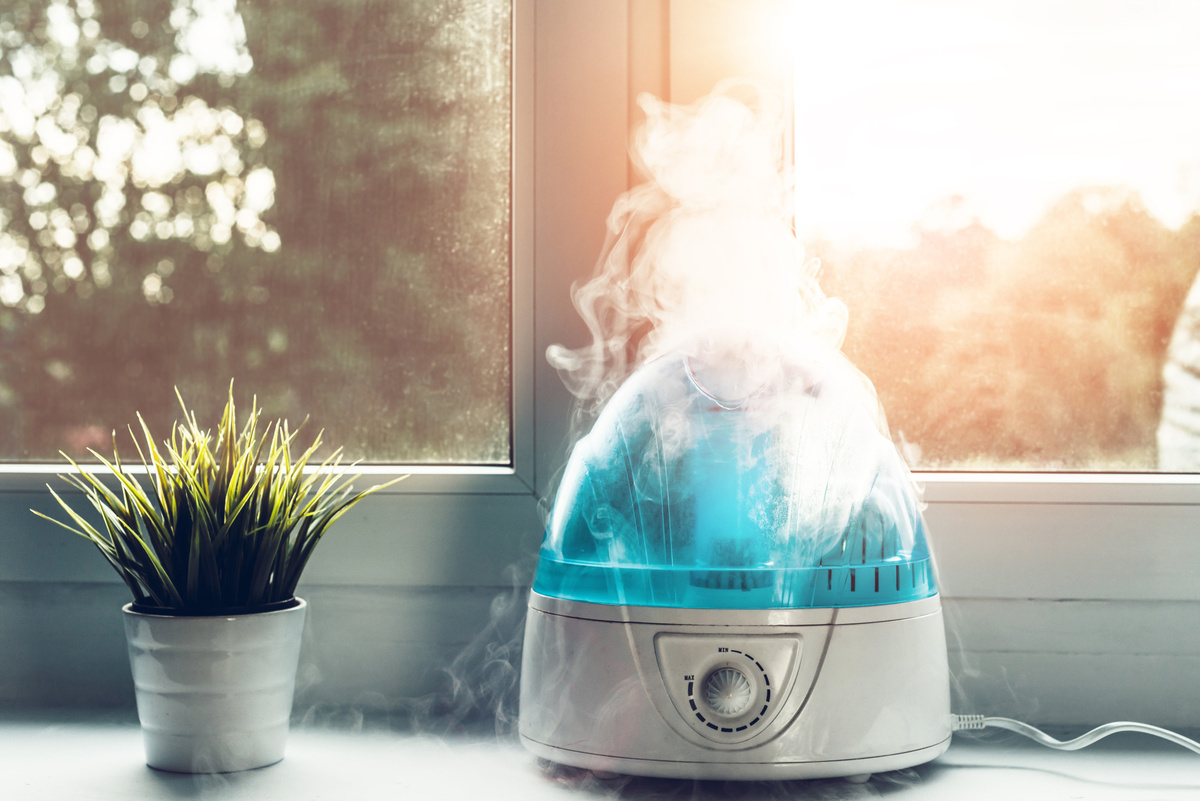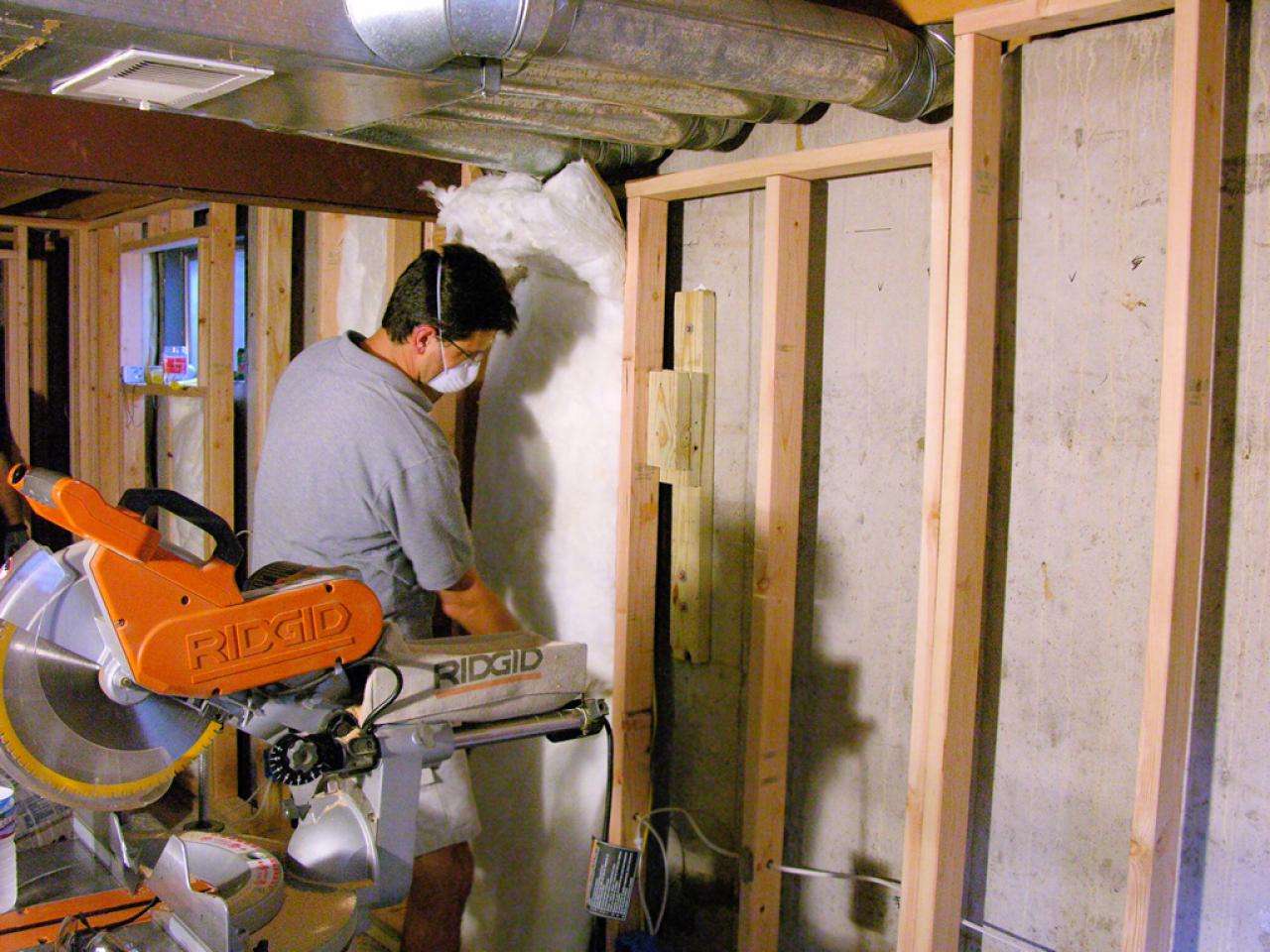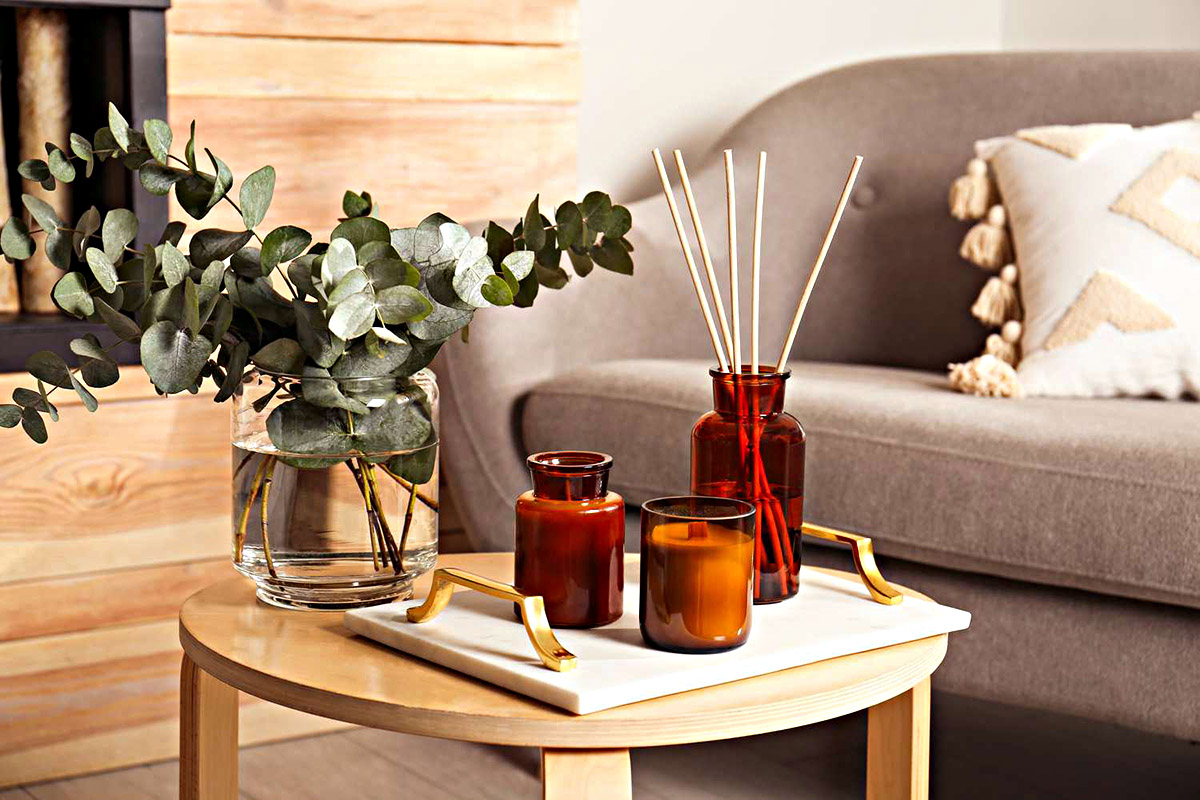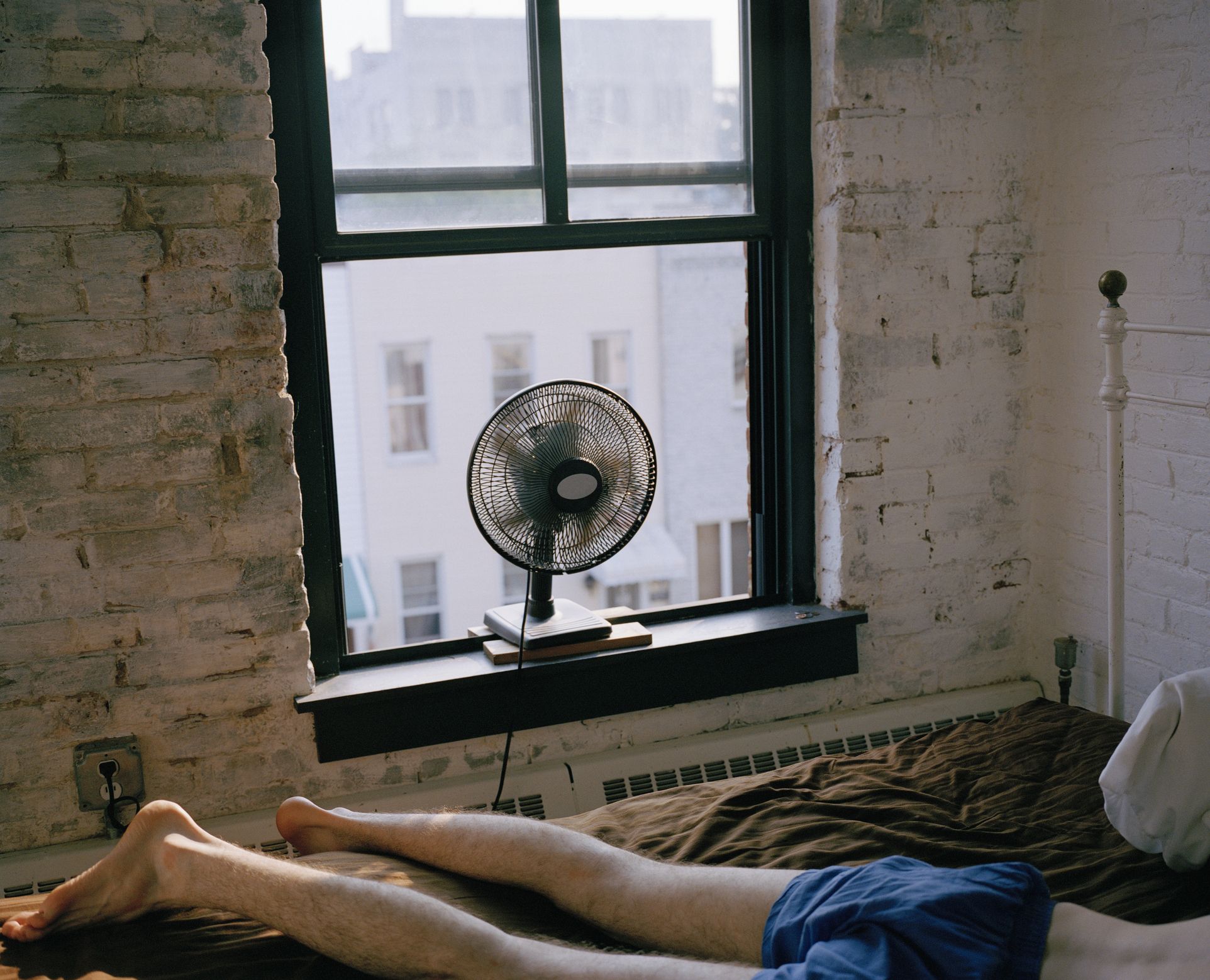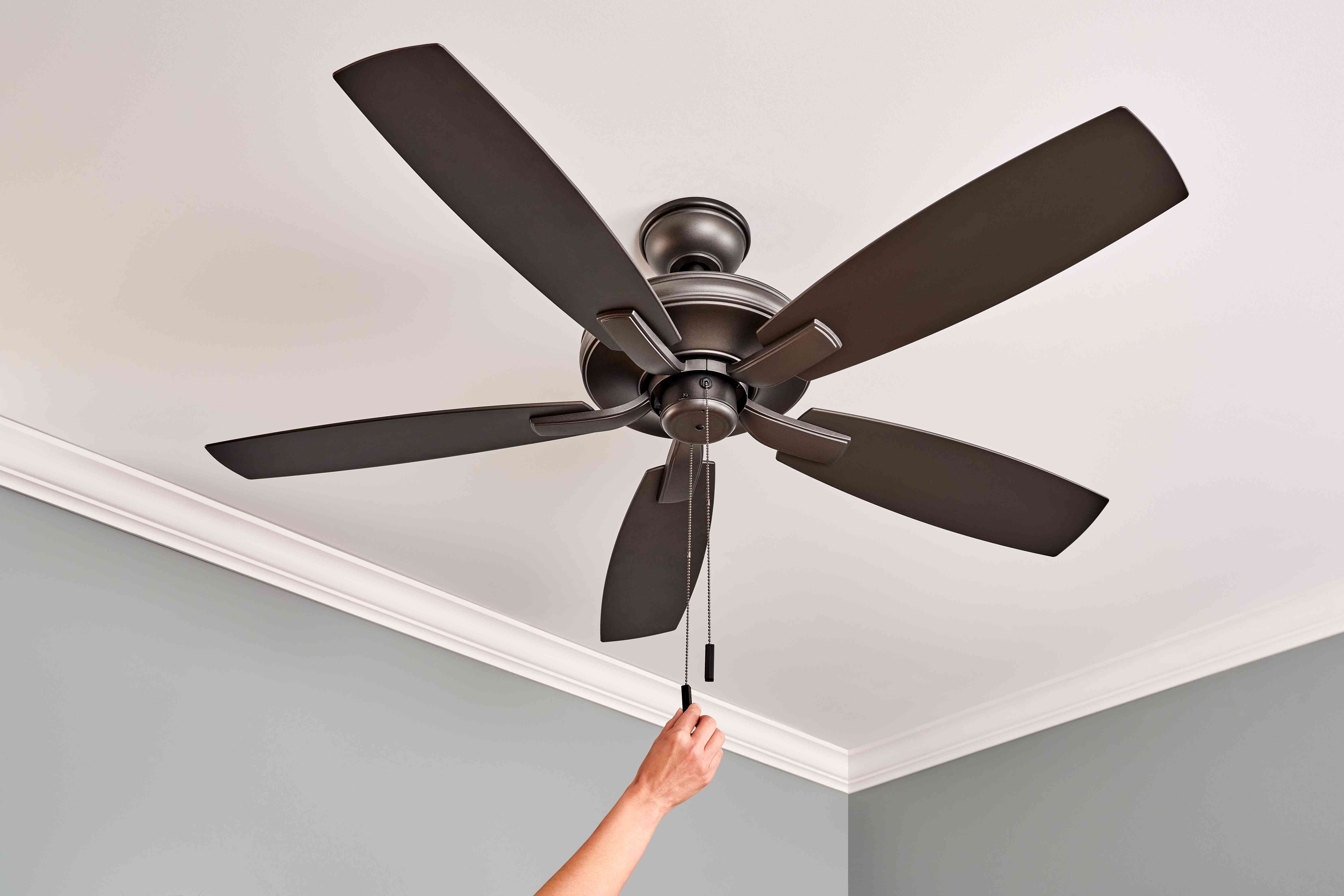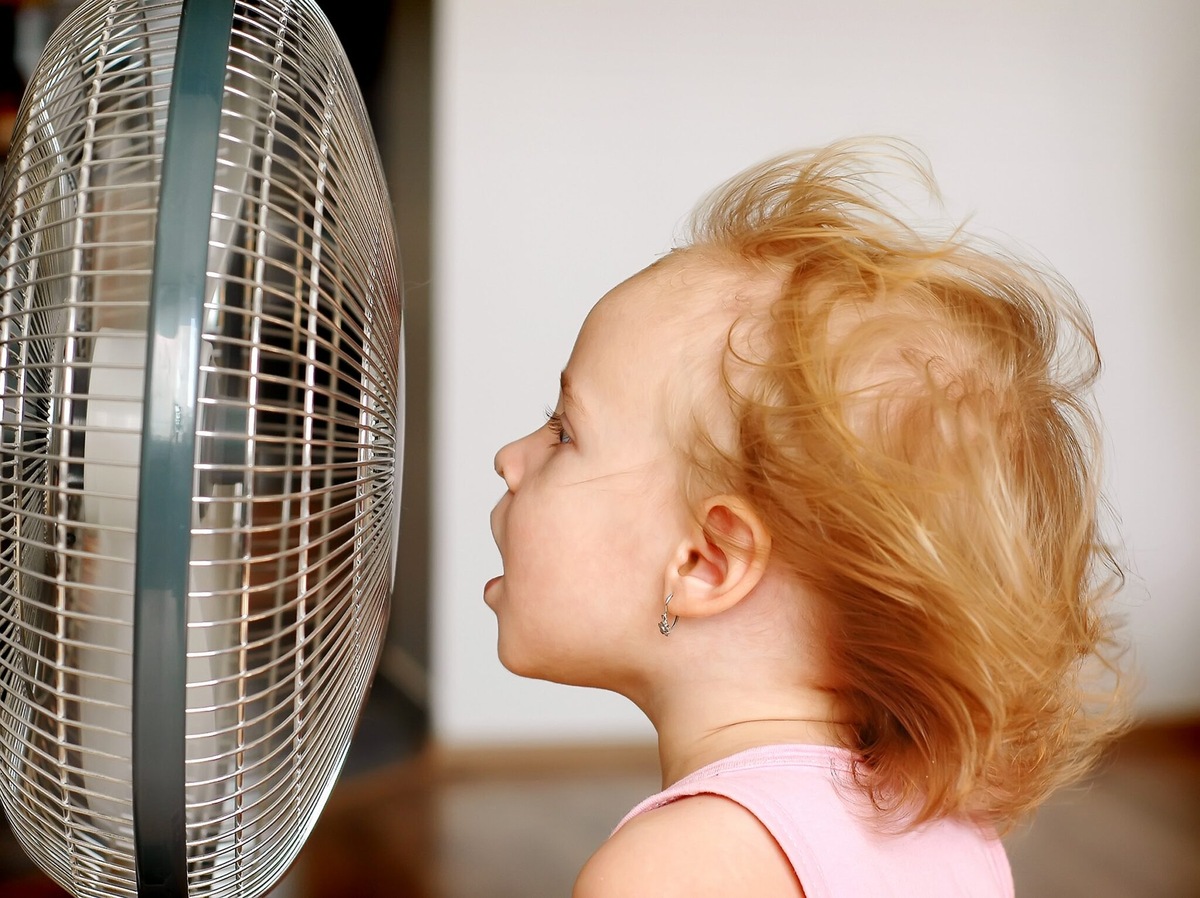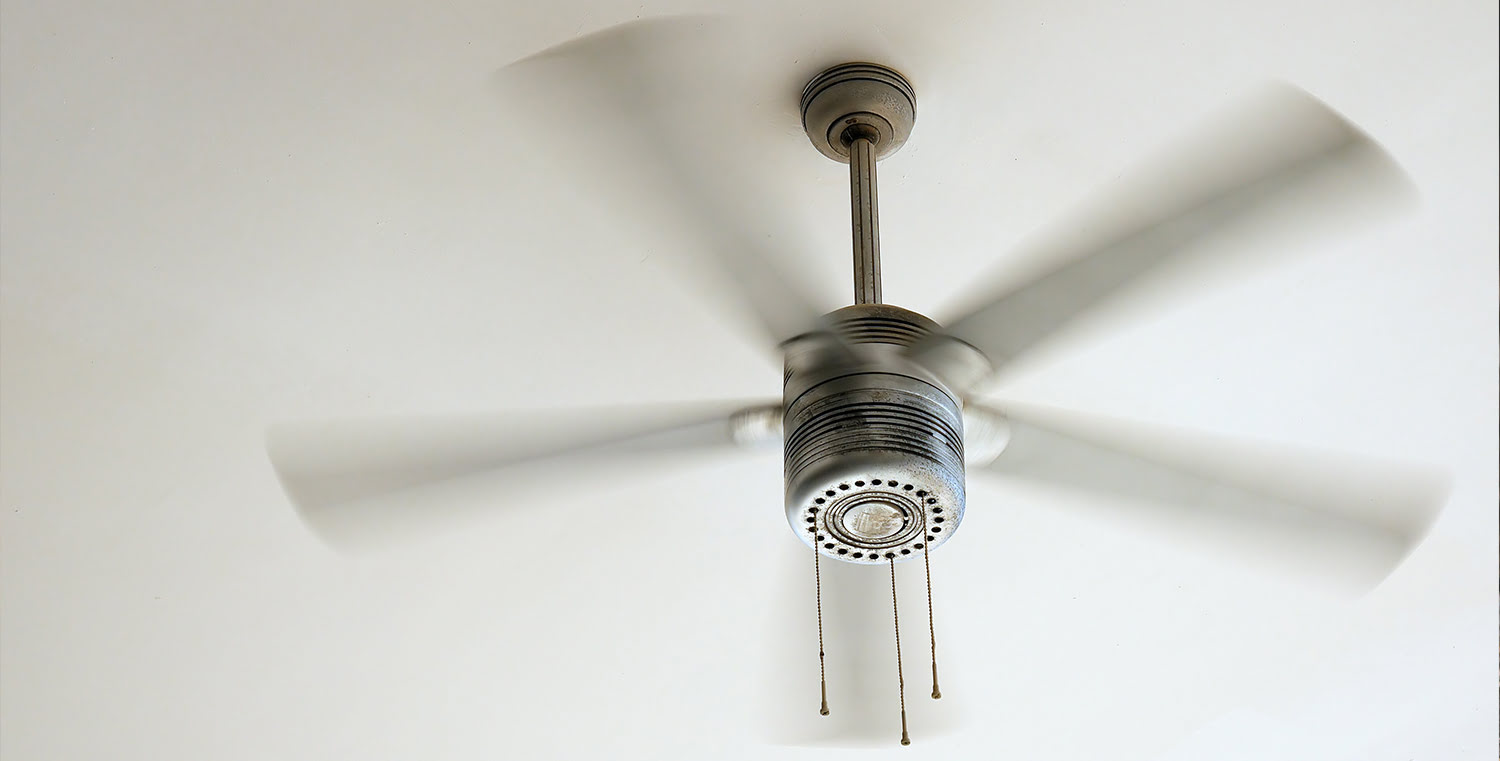Home>Home Maintenance>How To Make Room Cool Without Air Conditioning
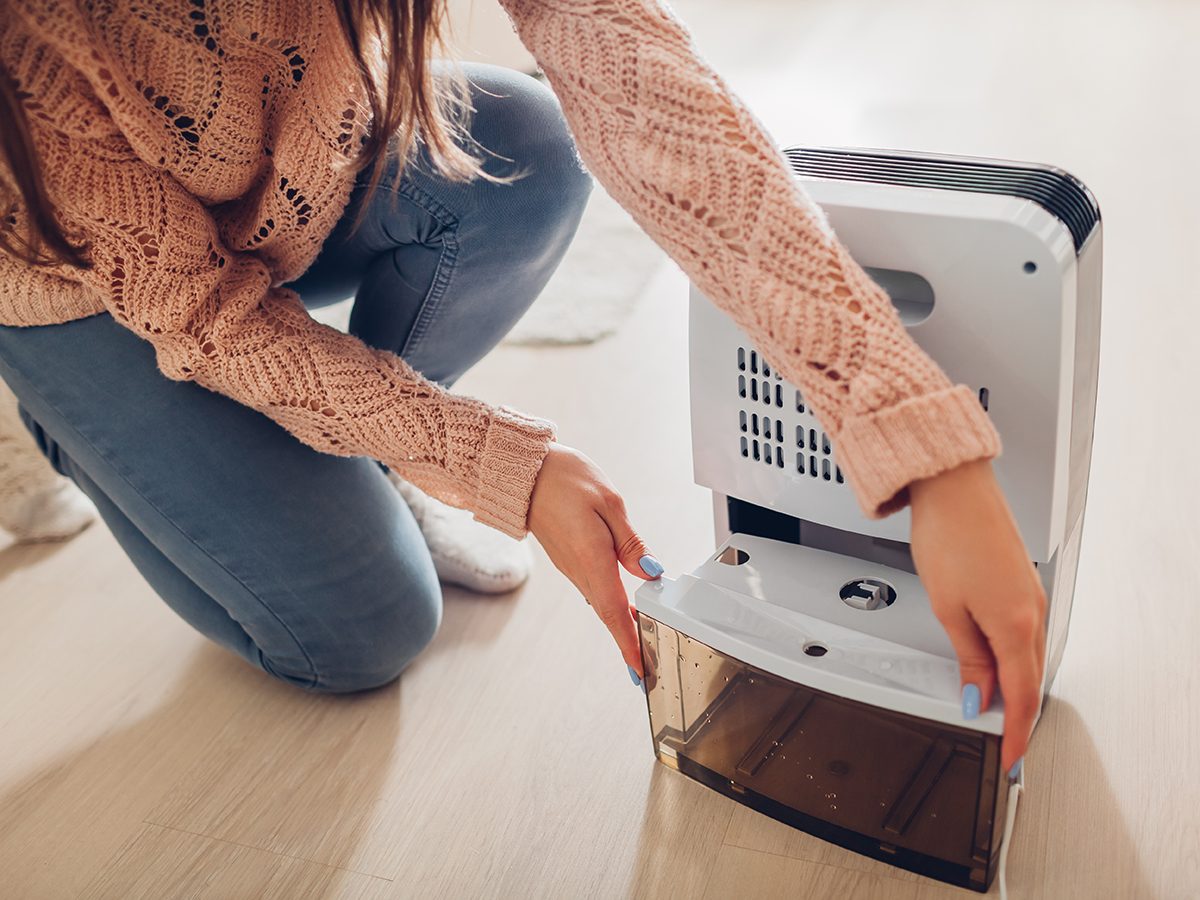

Home Maintenance
How To Make Room Cool Without Air Conditioning
Modified: March 6, 2024
Learn effective home maintenance tips to keep your room cool during hot summers without the need for air conditioning. Get practical advice and save on energy bills.
(Many of the links in this article redirect to a specific reviewed product. Your purchase of these products through affiliate links helps to generate commission for Storables.com, at no extra cost. Learn more)
Introduction
When the summer heat kicks in, finding ways to keep your home cool becomes a top priority. While air conditioning may seem like the obvious solution, it’s not always energy-efficient or budget-friendly. Fortunately, there are several alternative methods to make your home cool without relying solely on AC. In this article, we will explore various techniques and tips to help you create a comfortable and cool environment.
By using natural ventilation, strategic window coverings, fans, and other methods, you can effectively reduce the temperature inside your home and create a refreshing atmosphere. In addition to keeping you comfortable, implementing these approaches can also lower your energy consumption and environmental impact.
Let’s dive into some practical ways to beat the heat and make your living space cool and enjoyable during those scorching summer days.
Utilize Natural Ventilation
Natural ventilation is a cost-effective and eco-friendly way to cool your home. It involves using the natural flow of air to circulate and freshen the indoor environment.
To maximize natural ventilation, open windows and doors strategically. Position them in a way that allows for cross ventilation, where air can flow in from one direction and exit from another, creating a refreshing breeze throughout the space. For example, if you have windows on opposite sides of a room, open them to create a draft.
If you have windows with adjustable vents or louvers, setting them to an angle can help direct the airflow inside. This allows warm air to escape while cool air enters, creating a natural circulation.
Consider the time of day and outside temperatures when utilizing natural ventilation. In the early morning or late evening when the air is cooler, open your windows to let fresh air in. Once the temperature starts to rise, close the windows and use other cooling methods to maintain a comfortable indoor temperature.
Additionally, using window fans or exhaust fans can help draw hot air out of the house. Place a fan facing outwards in an upper-level window to expel warm air efficiently. This encourages cooler air to enter from other open windows or doors, further improving the natural ventilation process.
Natural ventilation not only cools your home but also improves indoor air quality by reducing the buildup of pollutants and stale air. It is a simple yet effective way to keep your living space cool and fresh without relying on artificial cooling systems.
Key Takeaways:
- Embrace natural ventilation, ceiling fans, and window coverings to keep your home cool without air conditioning. These methods are eco-friendly, cost-effective, and improve indoor air quality.
- Consider evaporative cooling and maintain your HVAC system for energy-efficient and effective ways to beat the summer heat. By optimizing insulation and eliminating heat sources, you can create a comfortable and sustainable living environment.
Use Curtains or Blinds
Curtains and blinds can play a significant role in keeping your home cool during hot summer days. They provide shade and insulation, blocking out the heat and sunlight that can quickly raise the temperature inside.
Start by investing in curtains or blinds that have a high thermal value. Look for options made with light-colored or reflective materials, as these can effectively reflect heat and light away from your home. Avoid heavy or dark-colored curtains, as they can absorb heat and increase the temperature inside.
During the day, keep your curtains or blinds closed on windows that receive direct sunlight. This will prevent the sun’s rays from heating up the room. You can also use blackout curtains or shades that completely block out sunlight, providing maximum insulation and reducing the heat transfer into your home.
In the evening or when outdoor temperatures are cooler, open your curtains or blinds to allow for natural ventilation and cooling. By doing this, you can take advantage of the cooler air outside while still maintaining privacy and security.
Another tip is to use double-layered curtains or install a thermal lining on existing curtains. These additions can provide an extra barrier against heat transfer and improve the insulating properties of your window coverings.
Lastly, consider adding external shading devices such as awnings or outdoor blinds. These can significantly reduce the amount of heat that enters your home through windows, especially on south or west-facing facades. By effectively shading your windows, you can keep your space cooler and reduce the need for excessive air conditioning.
By using curtains or blinds strategically, you can control the amount of sunlight and heat that enters your home, keeping it cooler and more comfortable even on the hottest days.
Install Ceiling Fans
Ceiling fans are an excellent addition to any home for both cooling and energy efficiency purposes. They work by creating a gentle breeze that circulates the air in a room, providing a cooling effect on your skin.
When installing ceiling fans, it’s important to place them strategically. Ideally, they should be located in the center of the room where they can distribute the airflow evenly. If you have a high ceiling, make sure to install an extended downrod to maximize the fan’s efficiency.
During the summer months, set your ceiling fans to rotate counterclockwise, as this pushes air downward and creates a cooling breeze. This can make a room feel up to 4 degrees Fahrenheit (2 degrees Celsius) cooler, allowing you to reduce your reliance on air conditioning.
Keep in mind that ceiling fans cool people, not the room. Therefore, remember to turn them off when you leave the room to save energy. Additionally, running the fan on high speed can create a wind chill effect, making you feel cooler even if the room temperature remains the same.
If your home already has ceiling fans installed, make sure to clean and maintain them regularly. Dust and debris can accumulate on the blades, reducing their efficiency. Use a damp cloth or a ceiling fan cleaning brush to remove any buildup. Regular maintenance will ensure that your ceiling fans operate effectively and provide optimal airflow.
For an added bonus, consider investing in ceiling fans with built-in lighting. This combination of a cooling device and a light fixture can serve a dual purpose, enhancing both the aesthetic appeal and comfort of your living space.
By installing ceiling fans and using them properly, you can create a comfortable and breezy environment in your home, reducing the need for excessive air conditioning and saving on energy costs.
Use Portable Fans
Portable fans are a practical and versatile solution for cooling specific areas of your home. They offer flexibility and can be moved around as needed to provide instant relief from the summer heat.
There are several types of portable fans available, including floor fans, tower fans, and desk fans. Each type has its own unique features and benefits, so choose one that suits your specific cooling needs.
Floor fans are typically larger and provide powerful airflow to cool a larger area. They are ideal for living rooms, bedrooms, or any space where you need a significant amount of air movement. Floor fans often come with adjustable height and oscillation features, allowing you to customize the airflow according to your preference.
Tower fans are sleek and compact, making them a great choice for smaller rooms or areas with limited floor space. They provide a more vertical airflow and often come with multiple speed settings and remote controls for convenience.
Desk fans, as the name suggests, are smaller in size and suitable for personal use. They are perfect for keeping your workspace cool or providing a refreshing breeze while you relax. Desk fans are often lightweight and portable, making them easy to move around and position in different areas of your home.
When using portable fans, it’s important to position them strategically to maximize their effectiveness. Place the fan near an open window to draw in cool air from outside or position it facing a doorway to create a cross-ventilation effect.
Additionally, consider using a portable fan in conjunction with other cooling methods, such as open windows or window coverings. By combining these techniques, you can enhance the circulation of cool air and create a more comfortable indoor environment.
Remember to clean your portable fans regularly to maintain their efficiency. Dust can accumulate on the blades and hinder the airflow. Use a damp cloth or a soft brush to remove any debris and ensure optimal performance.
Portable fans provide a convenient and affordable solution for keeping your home cool. By strategically positioning them and using them in conjunction with other cooling methods, you can create a comfortable and refreshing atmosphere without relying solely on air conditioning.
Create Cross Ventilation
Cross ventilation is a technique that involves creating a flow of air by strategically opening windows and doors in different parts of your home. This method effectively enhances natural airflow and helps in cooling down your living space.
To create cross ventilation, start by identifying the areas in your home where you can open windows or doors. Ideally, you want to have at least two openings on opposite sides of a room or in different rooms on the same floor. This allows for a pathway for fresh air to enter and hot air to exit, creating a refreshing breeze.
Open windows on the downwind side of your home to allow the breeze to enter. On the upwind side, open windows or doors to let hot air escape. This creates a natural draft as air flows from the cooler area to the warmer area. The result is a continuous circulation of fresh air, effectively cooling down your home.
It’s important to note that cross ventilation works best when there is a significant difference in temperature and wind outside. Utilize cross ventilation during cooler parts of the day, such as early morning or late evening when the outside air is cooler than the inside.
In addition to opening windows and doors, using fans can further enhance cross ventilation. Position a fan in front of an open window to draw in fresh air or place it near an exit window to help expel warm air. The fan assists in accelerating airflow and improving circulation within the space.
While cross ventilation is effective, it’s essential to keep security and privacy in mind. Ensure that the openings you choose to use for ventilation are secure and safe. Additionally, if noise from traffic or other external factors is a concern, consider using window coverings, such as blinds or curtains, to block out noise while still allowing for airflow.
By creating cross ventilation in your home, you can take advantage of natural airflow to cool down your space effectively. It’s a simple and cost-efficient way to reduce the need for air conditioning and create a comfortable and breezy environment during hot summer days.
Implement Window Coverings
Window coverings are not just for adding style and privacy to your home; they also play a significant role in controlling the amount of heat that enters your space. By implementing the right window coverings, you can effectively block out the heat and keep your home cool during hot summer days.
Start by choosing window coverings that are designed to provide insulation and block out sunlight. Options such as blinds, shades, or curtains with thermal linings can effectively reduce heat transfer and keep your home cooler.
Blinds are a popular choice as they give you control over the amount of light and heat that enters your space. Adjust the slats to block out direct sunlight during the hottest part of the day, and tilt them to allow for natural light while still maintaining privacy. Opt for blinds with a light-colored or reflective surface to effectively reflect solar heat.
Shades, such as Roman shades or cellular shades, are another great option for heat control. They are designed with insulating materials that help trap the heat outside and keep your home cool. Choose shades with a high R-value, indicating their insulation capabilities.
Curtains are a versatile window covering solution. To keep your home cool, select curtains made of light-colored and lightweight fabrics that provide maximum protection against the sun’s heat. Thick, dark-colored curtains should be avoided, as they tend to absorb heat and increase the temperature inside.
During the hottest part of the day, keep your window coverings closed to block out the sun’s heat. This will prevent solar radiation from entering your home and heating up the interior space. In the evening or when cooler temperatures prevail, open your window coverings to allow for natural ventilation and fresh air.
Remember to seal any gaps or cracks around your windows to prevent cool air from escaping and warm air from seeping inside. Weatherstripping or caulking can help improve the insulation of your windows, keeping your home cool and reducing energy waste.
By implementing the right window coverings, you can effectively block out heat and sunlight, keeping your home cool and comfortable. Choose coverings that provide insulation, block out direct sunlight, and maintain airflow, creating a cooler and more energy-efficient living space.
Optimize Insulation
Proper insulation is not only important for keeping your home warm during the winter; it also plays a crucial role in keeping your home cool during the summer. By optimizing insulation, you can minimize the transfer of heat into your living space and maintain a comfortable indoor temperature.
Start by ensuring that your home’s walls, floors, and ceilings are properly insulated. This can help create a barrier that prevents outside heat from seeping in and keeps the cool air inside. Insulation materials such as fiberglass, cellulose, or foam can be installed in attics, crawlspaces, and exterior walls to enhance heat resistance.
Additionally, pay attention to any areas where air can leak, such as gaps around windows and doors, electrical outlets, and plumbing penetrations. Seal these gaps and cracks with weatherstripping or caulking to prevent warm air from infiltrating your home.
Another area where insulation is crucial is your roof. The sun’s rays can heat up your roof and transfer that heat into your home. Installing a reflective roof coating or using light-colored roofing materials can help reduce heat absorption, keeping your home cooler in the process.
If you have an unfinished basement, consider insulating the walls and floors to prevent heat from seeping in. This can help maintain a cooler temperature in the lower levels of your home and minimize the need for additional cooling systems.
Insulating your windows is also important for heat reduction. You can use reflective window films or solar shades to block out the sun’s rays and reduce heat gain. These treatments are especially effective in rooms with large windows that receive direct sunlight.
By optimizing insulation throughout your home, you can significantly reduce heat transfer and create a more energy-efficient and cooler living environment. It not only helps to keep your home comfortable but also lowers your energy consumption and utility bills.
Use fans strategically by placing them near windows to bring in cool air and create a cross breeze. Keep curtains or blinds closed during the hottest part of the day to block out the sun’s heat.
Make Use of Shade
Harnessing the power of shade is a natural and effective way to keep your home cool during the hot summer months. By strategically blocking out the direct sun’s rays, you can significantly reduce heat gain and maintain a cooler indoor environment.
One of the simplest ways to create shade is by utilizing trees and plants. Planting leafy trees or tall shrubs on the south and west sides of your home can provide natural shade and block the sun’s rays from directly reaching your windows. The dense foliage acts as a protective barrier, keeping your home cooler and reducing the need for artificial cooling.
If you don’t have the luxury of already-established shade-providing trees, consider using shade sails, awnings, or pergolas to create shade around your home. These structures can be installed on patios, decks, or windows to protect them from direct sunlight.
An effective method for cooling your home is by using external shading devices such as exterior blinds or roller shutters. These coverings can be extended or retracted as needed, allowing you to effortlessly control the amount of shade and sunlight entering your home. This not only helps in reducing heat but also provides an added layer of privacy and security.
Window films or solar screens are another option for creating shade. These transparent films can be applied to your windows and act as a barrier against solar heat. They filter out a significant portion of the sun’s rays while still allowing natural light to penetrate, keeping your home cooler and comfortable.
During the hottest parts of the day, close curtains or blinds on windows that directly receive sunlight. This can block out the intense heat and keep your home cooler. Consider using curtains or blinds with light-colored or reflective materials to maximize their sun-blocking effect.
Lastly, outdoor activities such as BBQs or gardening can generate heat near your home. By strategically placing outdoor structures, awnings, or umbrellas in these areas, you can create shaded spaces that prevent excess heat from radiating towards your home’s windows and walls.
By making use of shade, whether through natural elements like trees or purpose-built structures, you can significantly reduce the amount of heat that enters your home. Implementing shading techniques can help create a more comfortable and cooler living environment without relying heavily on air conditioning.
Eliminate Heat Sources
Reducing and eliminating heat sources within your home can go a long way in maintaining a cooler environment during the hot summer months. By identifying and addressing these sources, you can minimize the additional heat that radiates throughout your living space.
One of the most significant heat sources in homes is appliances. Appliances such as refrigerators, ovens, and dishwashers generate heat during their operation. To minimize the impact, consider using these appliances during cooler parts of the day, such as in the early morning or late evening. Additionally, ensure that appliances are well-maintained and their exhaust systems are functioning properly, allowing heat to dissipate efficiently.
Incandescent light bulbs are another common heat source. Replace them with energy-efficient LED bulbs, as they produce much less heat. LED bulbs not only help in reducing the heat generated, but they also consume less energy, contributing to overall energy savings.
Electronics and chargers also generate heat, particularly when they are left on standby mode. Make it a habit to turn off or unplug devices when they are not in use to prevent unnecessary heat buildup. Consider using power strips that can be easily switched off, ensuring that no energy is wasted and no unnecessary heat is generated.
Cooking can significantly increase the temperature inside your home. Opt for lighter meals that require minimal cooking or consider using outdoor grills or slow cookers, as they produce less heat compared to traditional cooking methods. This will help reduce the heat generated in your kitchen and subsequently throughout your home.
Furthermore, inefficient or outdated HVAC systems can contribute to excessive heat inside your home. Ensure that your HVAC system is properly serviced and maintained, including cleaning or replacing air filters regularly. A well-functioning HVAC system can effectively cool your home and reduce the heat load caused by ineffectively operating equipment.
Apart from internal heat sources, consider the impact of external heat sources such as direct sunlight. Install reflective window films or shades to block out the sunlight and prevent heat from entering your home. Using exterior shading devices, like awnings or blinds, can also limit the amount of direct sunlight that reaches your windows.
By identifying and minimizing heat sources in your home, you can significantly reduce the additional heat load and maintain a cooler indoor environment. This, in turn, allows you to rely less on air conditioning and contributes to energy savings and a more comfortable living space.
Read more: How To Make A Room Cool Without AC
Use Cooling Sheets or Bedding
A good night’s sleep is essential, especially during the hot summer months. Using cooling sheets or bedding can help regulate your body temperature and keep you comfortable throughout the night.
When it comes to sheets, opt for breathable materials such as cotton or linen. These fabrics are known for their ability to wick away moisture and allow for better airflow, keeping you cool and sweat-free. Look for sheets with a lower thread count, as higher thread counts tend to trap heat and can make you feel warmer. Additionally, consider using lightweight and natural materials like bamboo or Tencel, which offer excellent breathability and moisture-wicking properties.
Pillows also play a crucial role in keeping you cool while you sleep. Look for pillows made of cooling materials such as memory foam infused with gel or shredded latex. These materials promote better airflow and heat dissipation, ensuring that your head and neck stay cool throughout the night.
Another option to consider is a cooling mattress topper or pad. These are designed to provide a cooling effect and regulate body temperature while you sleep. Cooling mattress toppers typically use cooling gel or foam infused with temperature-regulating technology to provide a comfortable surface that dissipates heat.
In addition to selecting the right bedding materials, there are a few other tips to help keep your bed cool. Make sure to keep your bedroom well-ventilated by using fans or opening windows in the evening to let in the cooler air. You can also place a bowl of ice or a cool washcloth near the bed for added relief.
During particularly hot nights, consider using a bedside fan or a cooling misting fan. These can provide a gentle breeze and create a more comfortable sleeping environment.
Lastly, avoid using heavy blankets or duvets. Opt for lighter, breathable covers or switch to a summer-weight comforter to prevent overheating during the night.
By incorporating cooling sheets, bedding, and other strategies to keep your bed cool, you can improve your sleep quality and overall comfort during the hot summer months. Creating a comfortable and cool sleeping environment allows you to wake up feeling refreshed and ready to tackle the day ahead.
Consider Evaporative Cooling
Evaporative cooling is a natural and energy-efficient method of cooling that utilizes the evaporation of water to lower the temperature in your home. This technique is particularly effective in dry climates where humidity levels are low.
The primary device used in evaporative cooling is an evaporative cooler, also known as a swamp cooler. It consists of a fan that draws warm air through damp pads or filters soaked with water. As the air passes through these pads, the water evaporates, resulting in a cool, moist breeze.
The key advantage of evaporative cooling is that it uses significantly less energy than traditional air conditioning systems. Evaporative coolers use only a fraction of the electricity consumed by air conditioners, making them a cost-effective and eco-friendly alternative.
To effectively use evaporative cooling in your home, you need to ensure proper ventilation. Open windows and doors to allow for adequate airflow, as the evaporative cooler works by replacing warm air with cool, refreshed air. It’s important to note that evaporative coolers work best in dry climates, as high humidity levels can reduce their effectiveness.
Evaporative cooling is most efficient in the hottest part of the day when outdoor temperatures are at their highest. It’s recommended to keep the windows and doors closed during the hottest hours to prevent warm air from entering your home.
Regular maintenance is crucial for optimal performance of evaporative coolers. Clean or replace the pads or filters regularly to ensure efficient evaporation and prevent any buildup of debris that may hinder airflow. Additionally, ensure that the water reservoir is clean and free from any contaminants.
While evaporative cooling can be a cost-effective and efficient cooling solution, it’s important to consider its limitations. Evaporative coolers require a constant supply of water and are most effective in dry climates. If you live in an area with high humidity, the cooling effect of evaporative cooling may be limited, and other cooling methods may be more suitable.
By considering evaporative cooling as an alternative to traditional air conditioning, you can take advantage of its energy efficiency and cost-effectiveness. It’s a sustainable way to cool your home while minimizing your environmental impact.
Maintain and Clean your HVAC System
Proper maintenance and regular cleaning of your HVAC (Heating, Ventilation, and Air Conditioning) system are essential for keeping your home cool and optimizing its efficiency. Neglecting maintenance can lead to decreased performance, increased energy consumption, and potential breakdowns. Here are some key steps to maintain and clean your HVAC system:
1. Change the air filters: Dirty or clogged air filters restrict airflow, making your HVAC system work harder to cool your home. Regularly replace or clean the filters according to the manufacturer’s recommendations, typically every 1-3 months.
2. Clean the outdoor unit: The outdoor unit of your HVAC system, known as the condenser, can accumulate dirt, leaves, and debris. Using a hose, gently clean the unit and remove any obstructions that may restrict airflow. Ensure that both the condenser fins and coils are clean for proper heat exchange.
3. Check the condensate drain: The condensate drain collects water produced by the cooling process. Over time, the drain line can become clogged with algae, mold, or debris. Regularly inspect and clean the drain line to prevent water leaks or blockages that could damage your HVAC system.
4. Inspect ductwork: Check the ductwork for leaks, loose connections, or insulation damage. Properly sealed and insulated ducts help maintain the efficiency of your HVAC system by preventing air leaks that can lead to energy waste.
5. Schedule professional maintenance: It is advisable to have your HVAC system professionally serviced at least once a year. A qualified HVAC technician can inspect, clean, and tune up the system, ensuring optimal performance and identifying potential issues before they become major problems.
6. Consider a programmable thermostat: Installing a programmable thermostat allows you to set different temperature schedules throughout the day, optimizing energy usage and reducing cooling costs. Adjusting the temperature when you are away from home saves energy while still maintaining a comfortable indoor environment.
Regular maintenance and cleaning of your HVAC system not only improve its efficiency but also promote better indoor air quality. Clean filters and well-maintained equipment ensure that air circulates effectively, keeping your home cooler and reducing the workload on your system.
By following these maintenance tips and investing in professional HVAC servicing, you can maximize the lifespan of your system, save on energy costs, and enjoy a consistently cool and comfortable home throughout the summer months.
Conclusion
Keeping your home cool during the summer months doesn’t have to solely rely on air conditioning. By implementing various techniques and strategies, you can create a comfortable and refreshing living environment while also reducing energy consumption and lowering your environmental impact.
Utilizing natural ventilation, such as cross ventilation and opening windows strategically, allows for the circulation of fresh air throughout your home. Installing ceiling fans and using portable fans helps create a cooling breeze and improves air circulation.
Window coverings, such as curtains, blinds, and shades, provide shade and insulation to block out heat and sunlight. Optimizing insulation in your home’s walls, floors, and ceilings, as well as sealing any gaps, helps maintain a cooler indoor temperature.
Make use of shade by planting trees, using external shading devices, or employing shade sails. Consider evaporative cooling as an energy-efficient alternative to traditional air conditioning, especially in dry climates. And don’t forget to maintain and clean your HVAC system regularly to ensure its optimal performance.
In addition, using cooling sheets or bedding, and eliminating heat sources, can significantly contribute to a cooler sleep environment and overall comfort during hot summer nights.
By combining these strategies and techniques, you can create a comprehensive approach to keeping your home cool without solely relying on air conditioning. Not only will these methods help you beat the heat, but they will also reduce energy consumption, lower utility bills, and minimize your carbon footprint.
Remember to assess your specific needs, climate, and budget to determine which methods are most suitable for your home. Experiment with different techniques and find the right balance that works best for you and your family.
Creating a cool and comfortable living space during the summer months is not only essential for your well-being but also contributes to a sustainable and energy-efficient home. Embrace these alternative cooling methods and enjoy a refreshing summer without sacrificing your comfort or harming the environment.
Frequently Asked Questions about How To Make Room Cool Without Air Conditioning
Was this page helpful?
At Storables.com, we guarantee accurate and reliable information. Our content, validated by Expert Board Contributors, is crafted following stringent Editorial Policies. We're committed to providing you with well-researched, expert-backed insights for all your informational needs.

